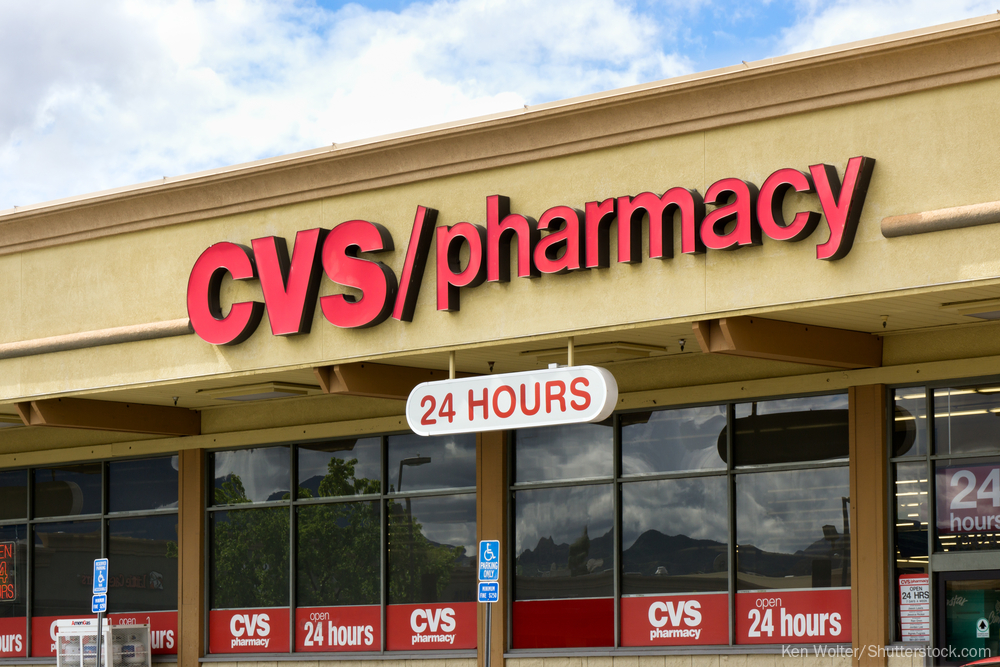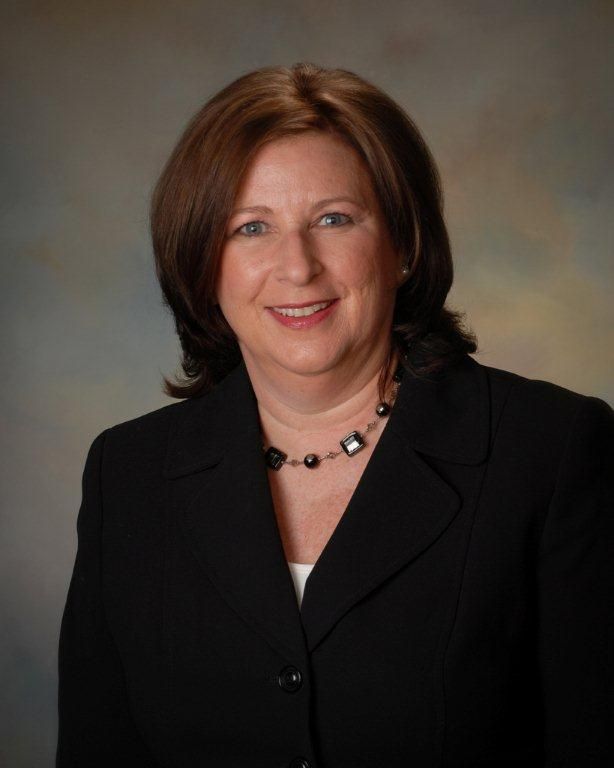CVS Expands Services to Include Dietitians, Yoga
The chain’s move is an attempt to increase relationships with traditionally-loyal pharmacy patients.

Patricia Milazzo

CVS Health’s recently-announced expansion of HealthHub stores to include dietitians, chronic disease monitoring, and community rooms for yoga classes, is part of the pharmacy chains ongoing efforts to position itself as a company specializing in aspects of healthcare beyond pharmacy.
CVS will open 1,500 HealthHUBs-redesigned CVS drugstores that include more health services and products-nationally by the end of 2021.
The move is just one of many CVS has made in recent years as it attempts to position itself as a one-stop-shop for healthcare, hoping to transform its business model beyond medication dispensing.
“This direction of expansion certainly represents a new dimension for business growth. For CVS consumers, the increased focus on maintenance health issues and the benefit of having a locally available, face-to-face interaction is often associated with higher adherence rates and improved outcomes,” says Patricia Milazzo, RPH BA, senior director, embedded content, Clinical Effectiveness, Wolters Kluwer, Health.
Related: Chronic Conditions Treatment At CVS, Walgreens: Experts React
“Patients on long-term maintenance medications usually frequent one pharmacy and have a good relationship with their local pharmacists,” Milazzo says. “This team-based approach to a long-term medical condition bridges parts of the continuum of care and has the potential to better harmonize patient care. While many insurance companies are ramping up telemedicine offerings and covering FaceTime consults as an additional model, in-store healthcare seems like a logical extension on the brick and mortar side. CVS stands to reap the potential benefits of enhanced pharmacy and retail business as well as added medical insurance income.”
Healthcare executives will need to re-evaluate reimbursement strategies, according to Milazzo. “Medical benefits as well as prescription benefits will have to be flexible to address the different models,” she says. “This could signal a shift away from the traditional ‘in-network’ reimbursement model for both physician and pharmacy benefit to more of a focus on value, at least that would be the hope. What remains to be seen is whether this could potentially shift the PBMs’ models of limited pharmacy networks and also whether this leads to a closer relationship to the medical benefit.”
Considering the unexpected developments and new players in even the last five years, the long-term impacts are equally hard to predict given a number of factors in play, according to Milazzo. “Will insurance reimbursement for both medical and pharmacy evolve in response to this trend, especially considering new complications of scenarios such as a pharmacy that is out-of-network coupled with a physician who is in-network? And will health consumers proceed to buy drugs and over-the-counter medications while they are there instead of taking out their phone to order through a virtual market disruptor such as Amazon? That too remains to be seen,” she says.
David Calabrese of OptumRx Talks New Role, Market Insulin Prices and Other Topics 'On His Mind'
April 13th 2023In this month’s episode of the "What's On Your Mind podcast," Peter Wehrwein, managing editor of MHE connects with the now Chief Clinical Officer of OptumRx Integrated Pharmacies, David Calabrese. In this conversation, David touches on his transition in January as OptumRx’s former chief pharmacy officer and market president of health plans and PBMs to his new role as Chief Clinical Officer where he now focuses more on things such as specialty pharmacy to home delivery — with an overall goal of creating whole-patient care. Throughout the conversation, Calabrese also touched on the market’s hot topic of insulin prices and behavioral health services within the OptumRx community, among other topics.
Listen
Upended: Can PBM Transparency Succeed?
March 6th 2024Simmering tensions in the pharmacy benefit management (PBM) industry have turned into fault lines. The PBMs challenging the "big three" have formed a trade association. Purchaser coalitions want change. The head of the industry's trade group says inherent marketplace friction has spilled over into political friction.
Read More
Briana Contreras, editor of Managed Healthcare Executive, spoke with Nancy Lurker, CEO and president of EyePoint Pharmaceuticals. Nancy shared a bit about EyePoint and how the organization’s innovative therapies are addressing patient needs through eye care, and most importantly, she addressed C-Suite positions like the CEO role. Nancy shared advice for those seeking to reach the CEO level, especially toward women in healthcare and other roles, and what it takes to run a biopharma company.
Listen
The deliberate disconnection of Change Healthcare to ring fence a cyberattack entered its seventh day today. Prescribers are finding ways to get pharmacy claims processed, and UnitedHealth Group says disruption to the dispensing of prescriptions has been minimal. But independent pharmacies want more information and protection from financial consequences from pharmacy benefit managers.
Read More